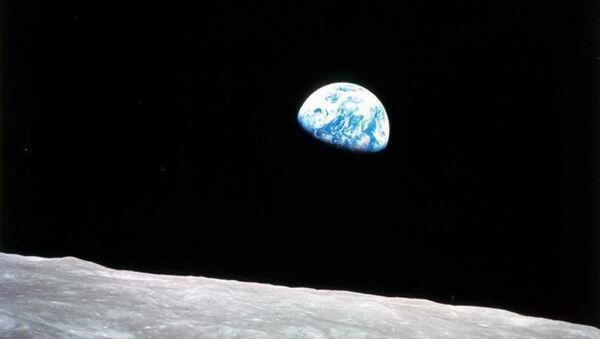The high-tech base would feature living quarters for cosmonauts, laboratories, a launching and landing port for spacecraft, and even an astronomy observatory, Tech Insider reported.
The reconnaissance spacecraft, called Luna 25, will land on the moon's south pole in 2024, Roscosmos announced.
Construction of Luna 25 is already underway, and once finished, the spacecraft will carry eight cameras to help it navigate and take pictures. It will also feature a drill tool capable of digging into the moon’s surface, Tech Insider reported.
Luna 25 will be powered by a radioactive material called plutonium-238, which, as it decays, generates heat that is converted into electricity.
The craft's predecessor, Luna 24, soft-landed on the moon’s surface in August 1976 and returned around six ounces of lunar samples to Earth.
Russia's not the only one looking to make arrangements for a long-term stay on the moon. The European Space Agency has also announced plans for its own moon colony.
In the United States, attention has turned to Mars – mistakenly, some experts say. They argue that NASA should first set up a lunar base, then learn from the process when the time comes to build a Martian base.
Others say a return to the moon would be a regression for NASA.



